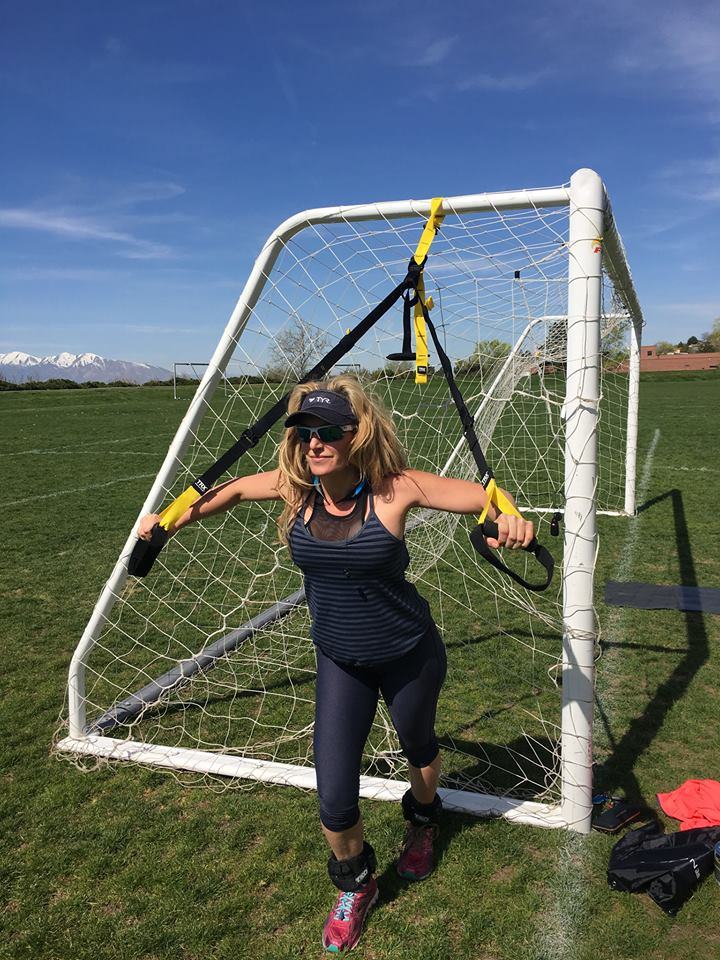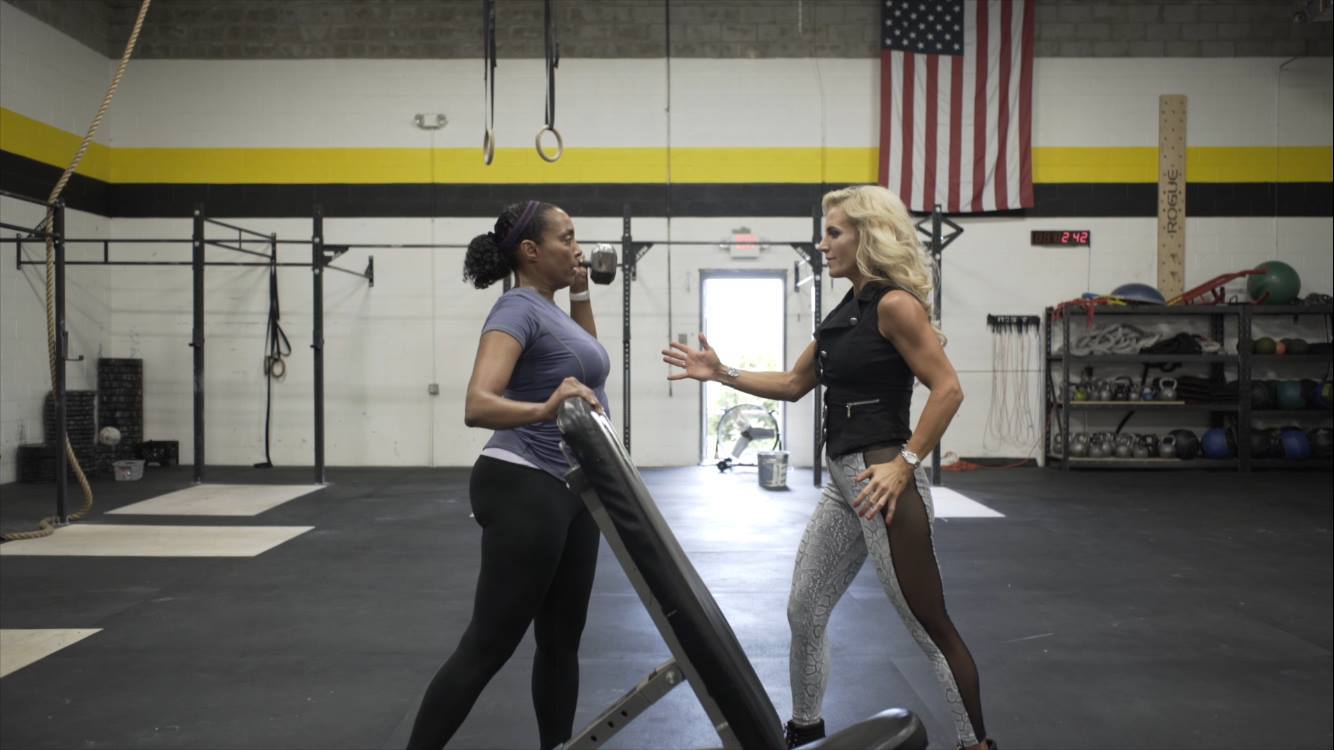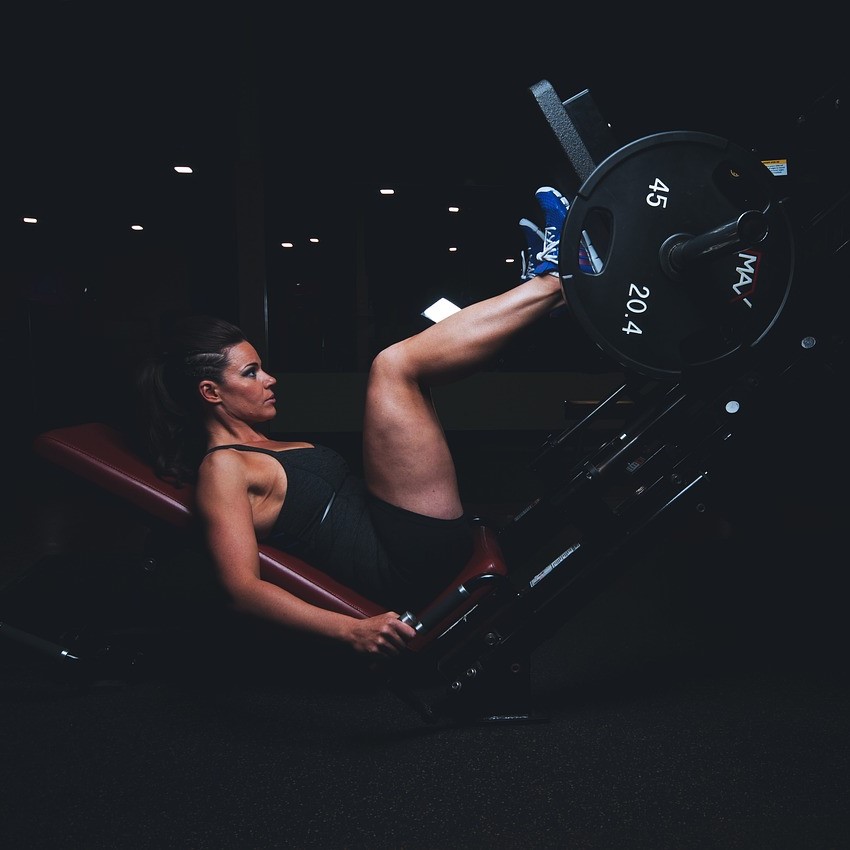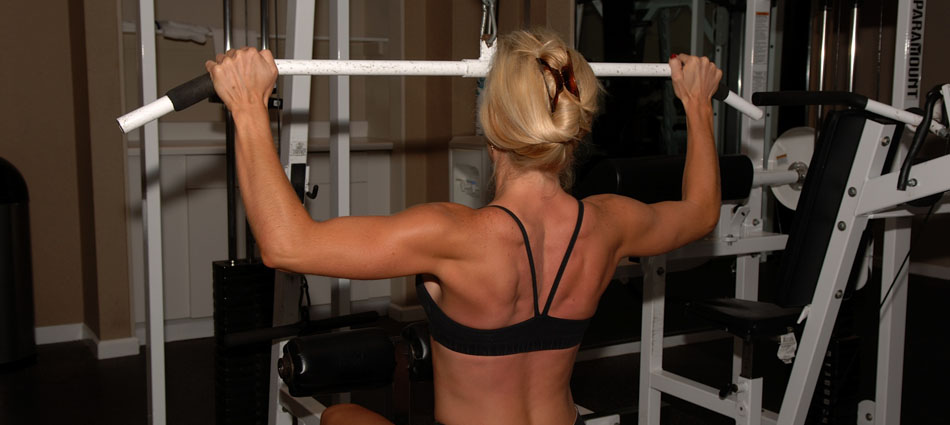The Ultimatum Your Body Craves!
First of all, welcome back from your (and my) holiday time off! I used the break to refresh and recharge…and bring you some more informative content on fitness. So here we go! We all know that most of us want to get the workout over with as soon as possible, and so the faster you push out those reps the better. Right? Hmmm no …I say if results are on the agenda don't do that anymore.
This week I’m tackling tempo. Physiologists have terminology to describe what is going on when you lift weights fast or slow. For example, physiologists use terms like “eccentric action,” “concentric action,” “total impulse,” and “total power.” You can research those, but for now, I want to try to simplify it and explain why tempo is important.
One term I do want to focus on is called “time under tension.” Time under tension is just what it sounds like: it refers to the amount of time you put your muscle fibers under tension. The more time under tension, the more muscle growth you have. It works something like this. When your muscles are under tension, they scream for help (metaphorically of course). This is why you get tired after a certain number of repetitions. When muscle fibers scream for help, other muscle fibers are recruited to come to the rescue. “Muscle fiber recruitment” is not something I made up. It’s another term that physiologists use to describe this phenomenon. The key to growing muscles is to engage as many muscle fibers as you can. Hence, the need for muscle fiber recruitment. Hence, the need for the best training stimulus for increasing the weight and creating tempo training.
Now another clarification. Doing a rep slowly doesn’t mean you do the whole movement slowly. This is where tempo comes in. It typically means you do the action to engage the weight explosively (this is the concentric movement), but you hold the weight there and return to the stability position (the eccentric movement) slowly. So, for example, if you do a pull-up, you explode into the pull-up and get your chin above the bar (the concentric movement), but now instead of releasing the tension and letting yourself drop, you hold for a count or two (or three or four depending on your level), then lower yourself—slowly—to full extension (the eccentric movement). Rest for one count (for example), then explode again into the next rep. You will do fewer reps this way, but you will increase the value of each rep by increasing time under tension and training your neural system to recruit additional muscle fibers for all that time under tension during the hold and descending movements.
Another simple exercise I see all the time that people lose out on by not considering tempo are step-ups. The concept of the step-up is simple. You simply step up onto a platform with one leg at a time. Properly done, this exercise works all the leg muscles. But most people explode up (often using their off leg to push off the ground instead of lifting with the stepped leg on the platform), then release the tension to let gravity just have them fall straight down, and quickly explode back up again.
But what if you try to use tempo? Once you explode up (using the elevated leg on the platform for lift), don’t just let gravity bring you down. Hold that other leg out and lower yourself—slowly—trying to keep from planting that off leg onto the ground. This will take practice—and balance!! But that slow descent will recruit additional muscle fibers in your stepping leg, which is key to building strength.
The great thing about using tempo to increase time under tension is that it applies to all kinds of resistance training, whether you are lifting weights, or lifting yourself. The effect is the same. Increased time under tension by using specific and articulated tempo recruits more muscle fibers, which is the key to muscle growth.
And of course, if you want to know what the ideal tempo is for different exercises, you can do it with trainer like me who will coach you through the perfect rep to get the most efficient workout from your time spent.
**** January, I’m offering special discounts. Call me at (312) 550-7033, e-mail me at hadleyallenfitness@gmail.com, or visit my web page at www.hadleyallenfitness.com or on Facebook at www.facebook.com/hadleyallenfitness.
Please support Hadley Allen Fitness reach more people like you to bring more of these kinds of articles on line, with videos and streaming content, visit my GoFundMe page at www.gofundme.com/hadleyallenfitness.***








